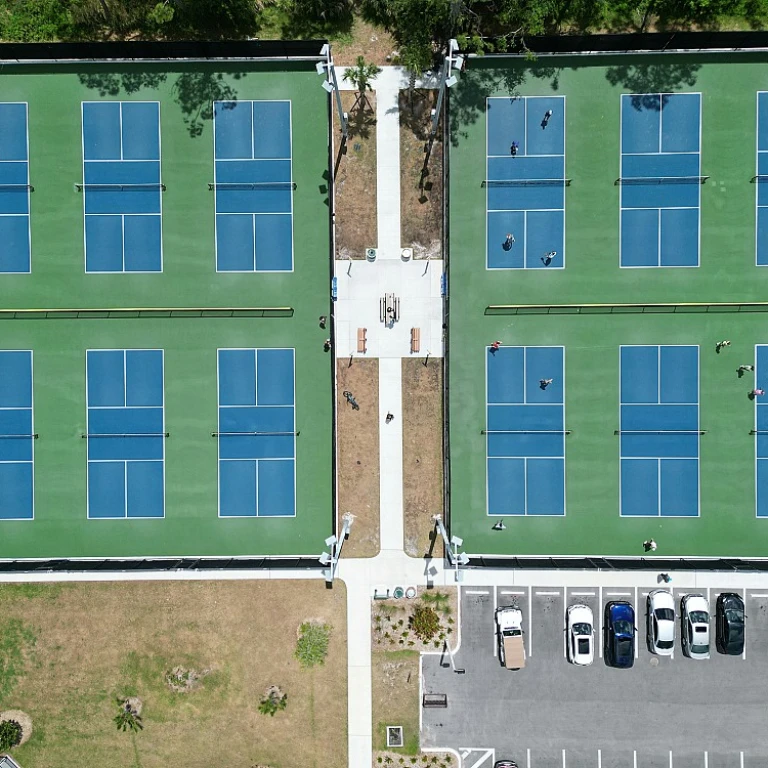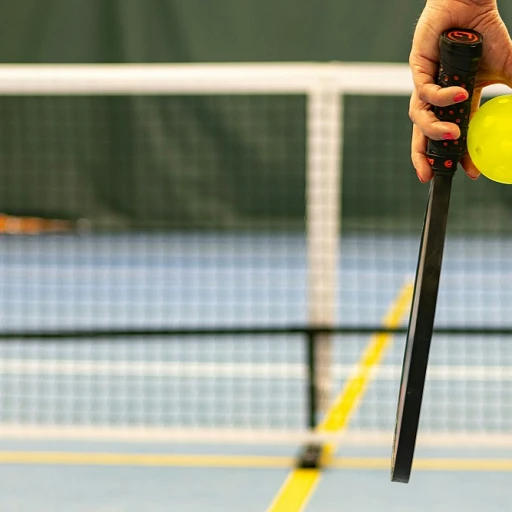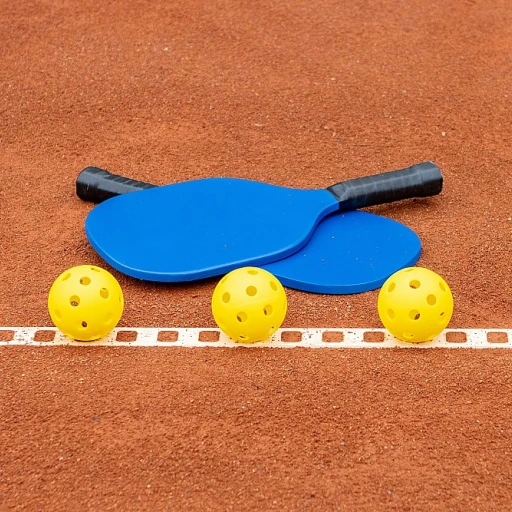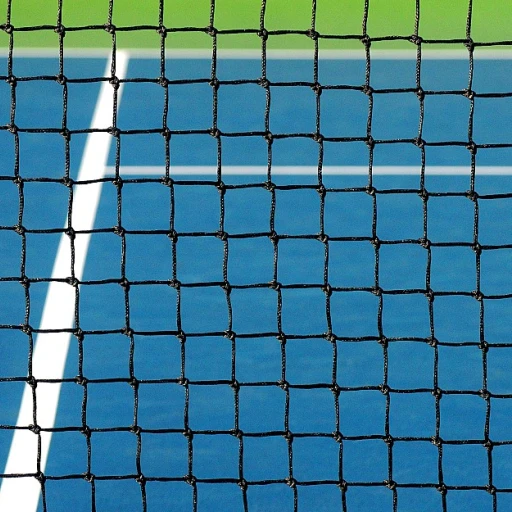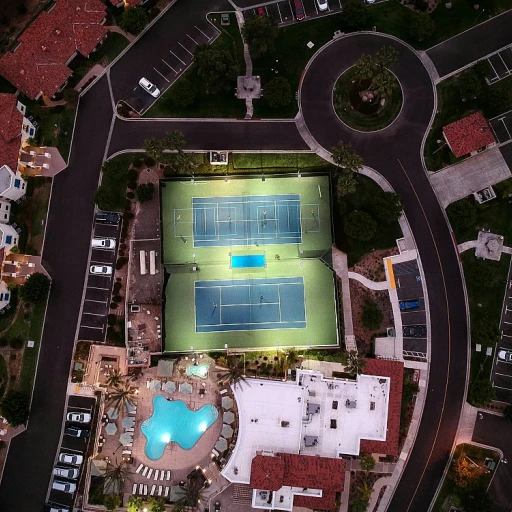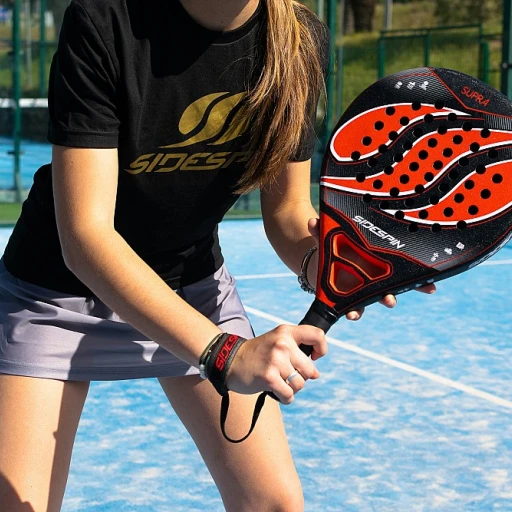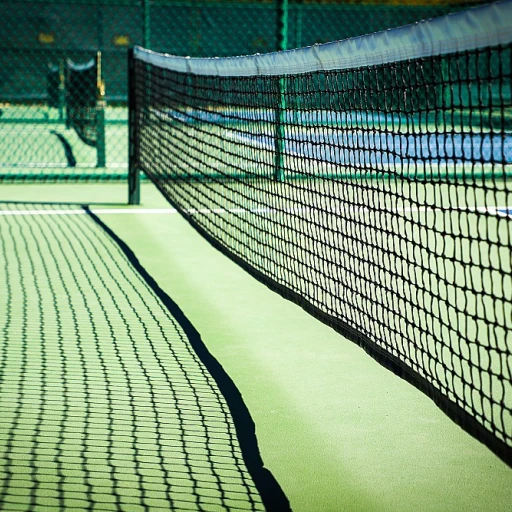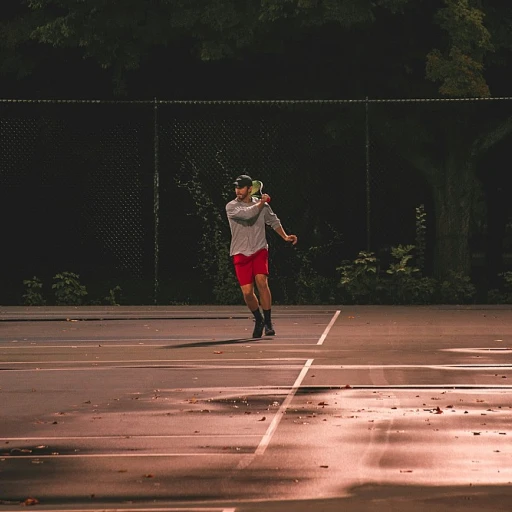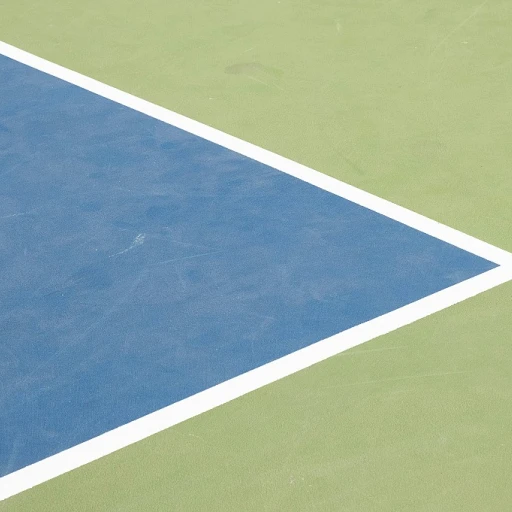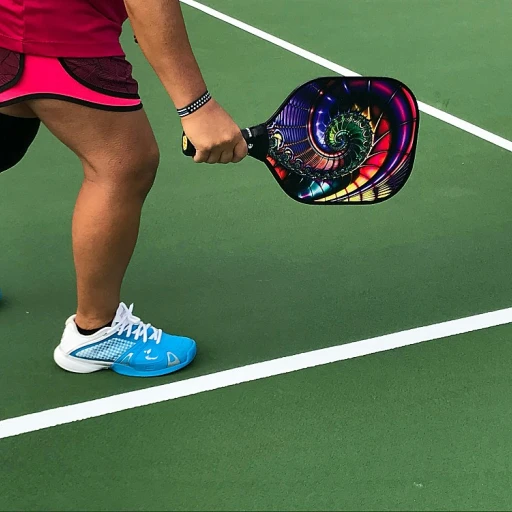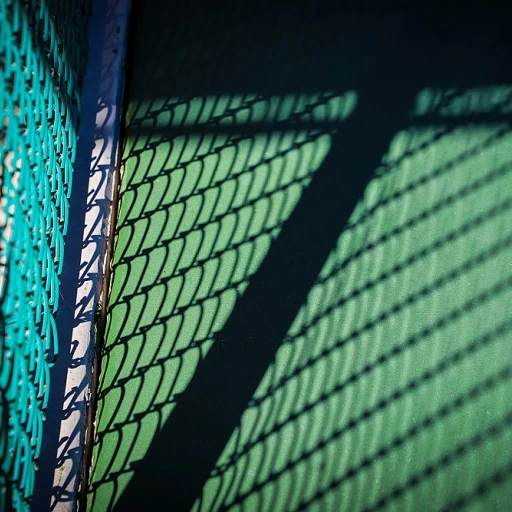
The Evolution of Pickle Balls
The Journey from Simple Beginnings to Advanced Designs
The sport of pickleball has witnessed significant growth and transformation since its inception. Central to this evolution are the pickle balls themselves, which have come a long way from their basic beginnings. Initially, the design of these balls was straightforward, offering a simple and affordable product. However, as the sport gained popularity both indoors and in major league settings, the demand for specialized, higher-quality pickleballs increased.
With the rise of the USA Pickleball Association and structured tournaments such as the PPA Tour, the exploration of different materials and specifications for pickle balls became crucial. Factors like speed, durability, and bounce started playing a pivotal role in how pickle balls were manufactured. Brands began to emerge, offering a range of options tailored for specific play environments, from indoor courts to those more rugged outdoor pickleball matches.
The variety in design, such as the Onix Dura Fast 40, is a testament to this evolution. These pickleballs are considered by many players to be some of the fastest and most consistent used in competitive play. However, the journey does not end here, as manufacturers continually strive to innovate, improving the performance factors critical for elite and recreational players alike.
Material Matters: What Are Pickle Balls Made Of?
Understanding Pickleball: Material Composition and Purpose
Pickleball balls are a crucial part of the sport, greatly influencing how the game is played both indoors and outdoors. Understanding what pickle balls are made of helps players choose the right product, be it for leisurely play or competitive tournaments. At its core, the quality of pickleballs impacts the game's performance, price, and even the durability of pickleball paddles. The majority of pickleball balls are crafted from high-quality plastic materials. This construction offers a balance of durability and playability, crucial for both indoor and outdoor use. A central aspect is how these balls are created: the process involves injection molding, which results in a seamless design and ensures a perfect spherical shape. It's worth noting that the type of plastic significantly affects the ball's efficiency. For instance, outdoor pickleballs like the popular "Chicago Dura Fast" model are designed to withstand different climate conditions, thus featuring a much harder build than their indoor counterparts. This added rigidity is ideal for enduring outdoor play environments. On the other hand, indoor pickle balls made from a softer plastic increase control during play, which is essential for indoor courts where the bounce dynamics differ. This softer material allows for better control and slower gameplay suitable for the indoor setting. Ultimately, understanding the material dynamics of pickle balls enables players to better plan for tournament play, recreational matches, or major league events. For a deeper insight into how pickleballs and their equipment, such as paddles, can influence your game (and their longevity), you can explore this guide on Understanding the Lifespan of a Pickleball Paddle. Considering the available selection of balls on platforms like Amazon or through USA Pickleball approved vendors ensures players are well-equipped, regardless of whether they're purchasing a single official ball or a comprehensive pickleball set with free delivery options.Indoor vs. Outdoor Pickle Balls
Comparing Indoor vs. Outdoor Pickle Balls: What You Need to Know
When it comes to choosing the right pickle balls for your play, understanding the differences between indoor and outdoor options is crucial. The playing environment plays a critical role in how these pickleballs perform, and selecting the appropriate ball can significantly influence your game.Indoor pickleball is generally played on a smooth surface with little wind interference, which allows for a softer ball. These balls typically feature larger holes and are crafted to offer a higher degree of control. Indoor pickleballs are often preferred for their softer material, which results in a quieter game — an important consideration for pickleball enthusiasts who play in shared spaces.
For outdoor play, durability is key. Outdoor pickleballs are designed to withstand various weather conditions and rougher surfaces. They tend to have smaller holes to minimize the impact of wind on the ball's trajectory, ensuring a more consistent bounce during play. Materials like advanced polymers are often used to manufacture outdoor pickleballs to enhance their robustness.
The price of these pickleballs can vary significantly based on their design and brand. Major league pickleball matches often use official balls designed specifically for tournaments, such as those approved by the United States pickleball association. Products like the Onix Dura Fast 40 and the Selkirk Pro are popular among players for their lasting performance in competitive settings.
Considering where you will play and how often you play can guide whether you select an indoor or outdoor ball. Many players even opt for a pickleball set that includes both types for flexibility. Often, a pickleball pack will include a selection of indoor and outdoor balls, ensuring you're prepared for any league pickleball setting, whether it's a casual game or the PPA Tour. For more detailed guidance on equipment impact, explore net heights in pickleball vs. tennis and understand how these differences can affect your game strategy, especially in competitive play.'}
Performance Factors: How Pickle Balls Affect the Game
Impact of Pickle Balls on Game Dynamics
Understanding how different pickleballs affect the gameplay is vital for players at any level, be it recreational or professional settings like PPA Tour or major league pickleball. The type of pickleball used can drastically influence performance, game pace, and even player satisfaction. Different varieties of pickleballs can have varying impacts on several aspects of play:- Speed and Bounce: The fastest balls, like the ones used in tournament play, often feature a harder material like the Dura Fast 40, offering less drag and more bounce, making them ideal for outdoor play.
- Spin and Control: Players rely on the ball’s texture and weight for spin. Indoor pickleballs typically provide more control due to the softer construction.
- Weather Resistance: Outdoor pickleballs are designed to withstand elements, influencing their durability and performance. Products like Onix Dura ensure these balls remain stable in both wind and sun exposure.
- Noise Levels: The loudness of the ball striking the paddle can be significant, affecting local play conditions, particularly in urban areas of the United States where noise ordinances might apply.
Choosing the Right Pickle Balls for Your Game
Finding the Perfect Pickle Balls for Your Game
Choosing the right pickle balls can significantly impact your performance, whether you're playing indoors or outdoors. With a variety of options available, it's essential to consider several factors to ensure you select the best product for your needs.
- Type of Play: Determine if you are playing indoors or outdoors. Indoor pickleballs are generally lighter and have fewer holes, while outdoor pickleballs are heavier and designed to withstand wind and rough surfaces.
- Material and Durability: As discussed earlier, the material of the pickle balls affects their durability and performance. Outdoor pickleballs, like the Onix Dura Fast 40, are known for their durability in outdoor conditions.
- Price and Value: Consider your budget. While some pickle balls are more expensive, they might offer better durability and performance. Check for packs or sets that offer free delivery, especially if you're purchasing from major retailers like Amazon.
- Official Approval: If you plan to participate in tournaments, ensure the balls are approved by the USA Pickleball Association. Official balls are required for tournament play and major league events.
- Performance Needs: Assess your skill level and playing style. Some balls, like the Selkirk Pro, are designed for advanced players seeking the fastest play, while others might be better suited for beginners.
Ultimately, the right pickle balls can enhance your game, whether you're playing in a casual setting or competing in the PPA Tour. Consider these factors to make an informed choice and enjoy the best pickleball experience possible.

